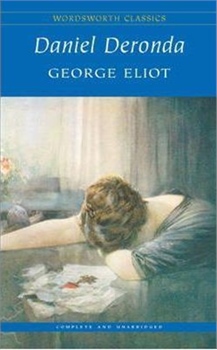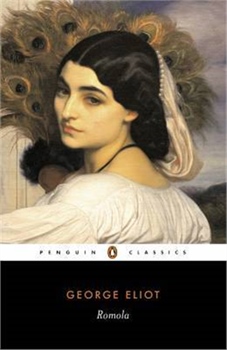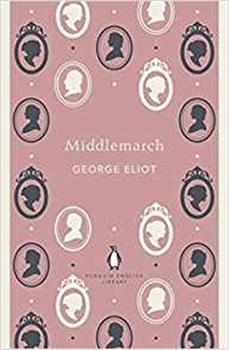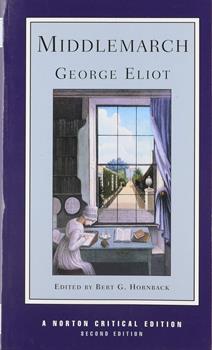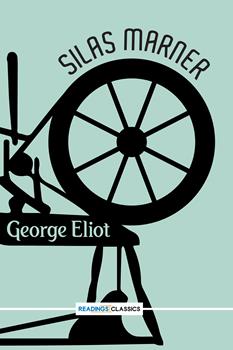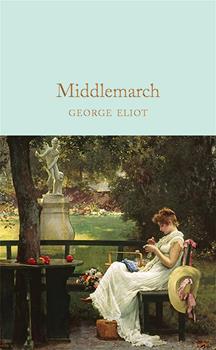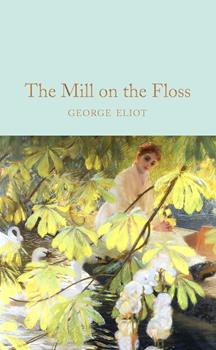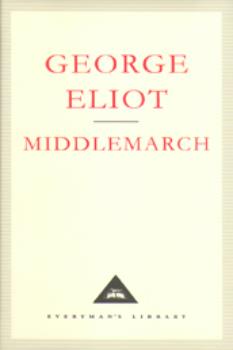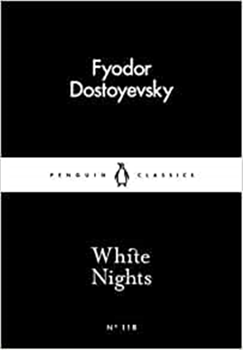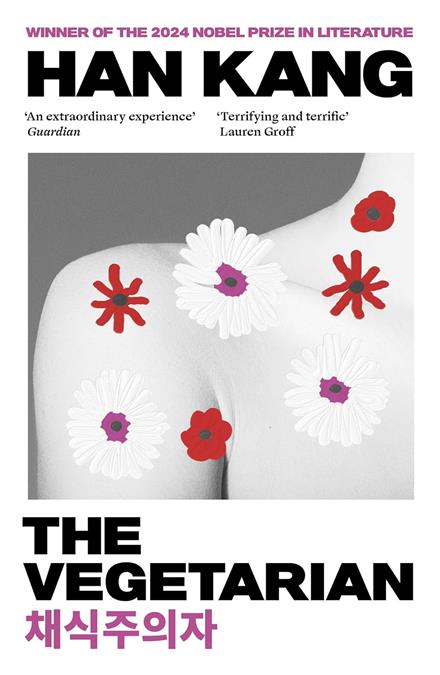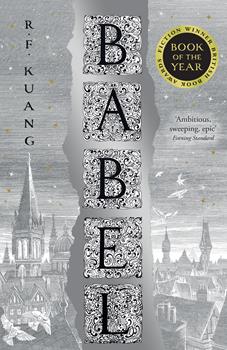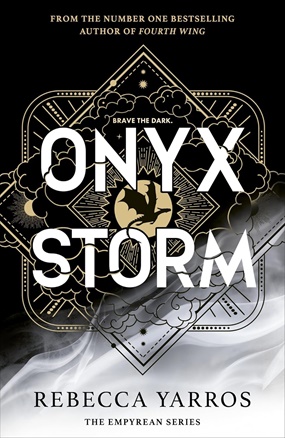About the Author
The writer and woman we now think of as George Eliot was born on November 22nd, 1819; her given name was Mary Anne Evans, her forename often shortened within the family, and later among her friends, to Mary Ann. Her father Robert Evans was the agent for the Arbury Hall Estate in Warwickshire; her mother was Christiana Pearson, Evans second wife, his first having died in 1809. Mary Ann was the third of Christiana s children, and she also had two half-siblings, Robert and Frances, who were already adolescents when she was born. Early in her life the family moved to Griff House, a pleasant red-brick house, where she was to spend the formative years of her life. The countryside round about formed the basis of the landscape she imaginatively recreates in The Mill on the Floss, where she also draws on her mother s family as the inspiration of some of the characters. Her close early relationship with her nearest brother, Isaac, is generally thought to have provided the material for the relationship between Maggie and Tom in that novel. Robert Evans invested in an education for both Mary Ann and her older sister, something not always afforded to women. She went to three separate schools, all of them boarding, and in each her considerable intellect developed. Through the influence of one of her schoolmistresses, Miss Maria Lewis, she was, for a time, an enthusiastic Evangelical, but later rejected this faith. In 1835 her formal education ended and she returned home; when her mother died in 1836, Mary Ann was left in charge of the household, but at the same time had private tutoring in Italian, German and also learnt some Greek and Latin, and her father s employers gave her the free use of their library. She had started writing at this stage, poetry. Otherwise her life was that of any unmarried daughter of the time: local good works, time with her married siblings, a wide correspondence, and visits with friends. In 1841 her father passed on his role as land agent, and the occupancy of Griff House, to his now married son Isaac, and he and Mary Ann moved to Coventry, where she continued looking after the household until her father s death in 1849. In her new home, and aged 21, Mary Ann had her own study and pursued a considerable course of reading. It was during this time that she developed a close friendship with Charles and Caroline Bray, free-thinkers. This was the catalyst to her challenging organised religion, and specifically to stating I regard [Jewish and Chistian Scriptures] ... as histories consisting of mingled truth and fiction , which led to a clash with her father through her refusal to go to church. This might have ended in complete estrangement, but eventually she relented and accompanied him to church, though her inner views had not changed. It should be emphasised here that she did not at this stage become a non-believer; God was still very much a central part of her thinking life, but the structures man had built around God were not. In 1844 Mary Ann took over the translation of David Friedrich Strauss Das Leben Jesu (The Life of Jesus), which labour led to her first prose publication in 1846, though her name was nowhere attached to it, only that of the German author. At this time her father began to be ill and she devoted much time to his care; in the lead-up to his death in 1849 she wrote to Charles Bray, The one deep strong love I have ever known has now its highest exercise and fullest reward the worship of sorrow is the worship of mortals. During his last hours she wrote What shall I be without my Father? After this significant death, she travelled around Europe with the Brays, and then spent several months alone in Geneva a time to think ahead to how she would now live her life, and the point at which she began the Journal which she would keep for the next eleven years.
